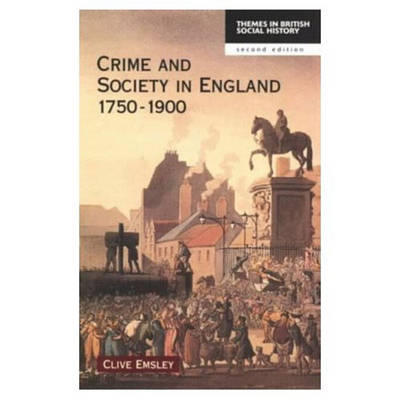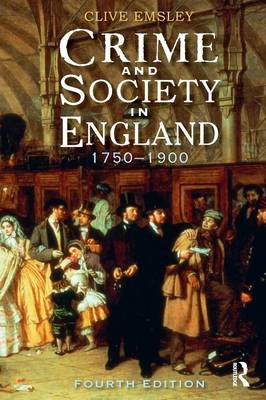Themes In British Social History
2 total works
"A thoroughly learned, clear-eyed and engaging read."
Dominic Sandbrook, The Sunday Times, on The Great British Bobby (2009)
"Crime is one aspect of the world that seems to get inexorably worse as you get older .But how do the teenagers outside your local corner shop really compare with those in times past? Go to Crime and Society in England: 1750-1900 by Clive Emsley; you might even take a copy to the corner shop and instigate an edifying debate."
David Mattin, The Times
"This is an outstanding work [ ] written by one of the most respected and authoritative historians in the field."
Dr Louise Jackson, Edinburgh University
Acknowledged as one of the best introductions to the history of crime in the eighteenth and nineteenth centuries, Crime and Society in England 1750-1900 examines the developments in policing, the courts, and the penal system as England became increasingly industrialised and urbanised. The book challenges the old but still influential idea that crime can be attributed to the behaviour of a criminal class and that changes in the criminal justice system were principally the work of far-sighted, humanitarian reformers.
In this fourth edition of his now classic account, Professor Emsleydraws on new research that has shifted the focus from class to gender, from property crime to violent crime and towards media constructions of offenders, while still maintaining a balance with influential early work in the area.
Wide-ranging and accessible, the new edition examines:
* the value of criminal statistics
* the effect that contemporary ideas about class and gender had on perceptions of criminality
* changes in the patterns of crime
* developments in policing and the spread of summary punishment
* the increasing formality of the courts
* the growth of the prison as the principal form of punishment and debates about the decline in corporal and capital punishments
Thoroughly updated throughout, the fourth edition also includes, for the first time, illuminating contemporary illustrations.

